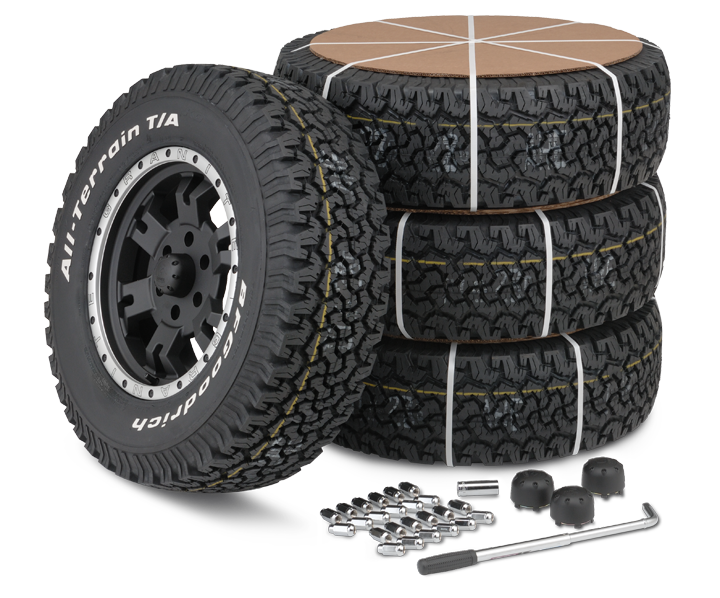Tire Service: The Influence of Climate Condition
When it concerns making certain ideal performance and security when traveling, recognizing the impact of climate condition on tire service is essential. From scorching heat to icy roadways, each weather component can considerably affect tire capability and general driving experience. By delving into the effects of differing climate condition on tires, motorists can acquire useful understandings that might enhance their automobile's performance and durability. In this discussion, we will explore the elaborate partnership between climate condition and tire solution, dropping light on the significance of weather-specific tire upkeep techniques and factors to consider.
Warm and Tire Performance
When subjected to heats, tires experience adjustments in efficiency that can substantially impact vehicle safety and security and handling. The warmth generated from prolonged driving or heat problems triggers the tire rubber to soften, causing decreased walk life and increased wear. As the rubber ends up being softer, the tire's grasp when traveling decreases, impacting braking distances and total traction. In extreme instances, excessive warm can also create tire blowouts, posing a serious safety danger to the automobile and its owners.
Additionally, heats can accelerate the procedure of tire aging, causing the rubber to degrade faster. This can lead to splits, bulges, and other types of damage that compromise the structural honesty of the tire. To alleviate the results of heat on tire efficiency, motorists must on a regular basis examine their tire stress, turn tires to make certain even use, and check for any signs of damages. Additionally, making use of tires specifically made to stand up to high temperatures can aid keep ideal performance and security when driving.
Cold Weather Condition Effects
Cold weather condition problems can have a substantial impact on tire performance and safety. In cool weather, tires might also shed air stress much more quickly, which can influence handling and gas effectiveness.
To alleviate the impacts of cold weather on tires, it is critical to consistently check tire stress and inflate them to the supplier's suggested degrees. Making use of winter months or all-season tires developed for chilly weather conditions can additionally improve grip and grip on icy or snowy roads - discount tires morris il. Proper tire maintenance, consisting of regular evaluations for wear and damage, comes to be a lot more important during chillier months to make certain ideal performance and safety
Rainy Issues Effect
Tires with worn-out footsteps are extra susceptible to hydroplaning, where a layer of water builds up in between the road and the tire surface, leading to loss of traction. To battle this, chauffeurs must consistently evaluate their tires for ample tread depth and consider investing in tires especially designed for damp problems.

Snow and Tire Security
Snow-covered roads pose distinct difficulties for drivers, stressing the value of proper tire option and maintenance. When driving in snowy problems, having the right tires can make a considerable difference in safety and efficiency. Winter season tires are made with special rubber substances and step patterns to give far better grip on snow and ice contrasted to all-season tires. The much deeper footsteps and sipes of winter season tires assist grasp the road better, lowering the danger of sliding and sliding.
Along with using winter tires, it is important to guarantee they are appropriately blown up. Winter can cause tire stress to drop, influencing traction and handling (morris tire and alignment). Routinely inspecting and maintaining the appropriate tire pressure is vital for ideal efficiency in snowy conditions

Weather-Related Tire Upkeep
When confronted with different climate condition, proper tire upkeep comes to be an essential facet of lorry safety and efficiency. Weather-related tire maintenance includes an array of methods intended at ensuring optimum tire feature and long life in various climate circumstances. One vital aspect of weather-related tire maintenance is tire stress guideline. Changing temperature levels can cause tire stress to vary, affecting grip and gas effectiveness. Routinely readjusting and examining tire pressure according to maker recommendations is vital for secure driving in transforming climate condition. Additionally, tire step depth plays a substantial function in taking care of various climate aspects. Tires with ample walk deepness give better grip on wet or icy roads, minimizing the danger of hydroplaning or skidding. Examining tire step on a regular basis and changing tires when walk wear reaches a certain depth is essential for keeping traction and stability in negative weather condition. By prioritizing weather-related tire upkeep, chauffeurs can improve safety, enhance car efficiency, and extend the lifespan of their tires.
Conclusion
In final thought, weather problems have a considerable impact on tire performance and safety (tires morris il). From heat impacting tire pressure and wear to chilly climate lowering traction, it is essential to consider the climate when preserving and utilizing tires.
In this discussion, we will discover the complex connection in between climate conditions and tire solution, dropping light on the significance of weather-specific tire upkeep practices and factors to consider.
